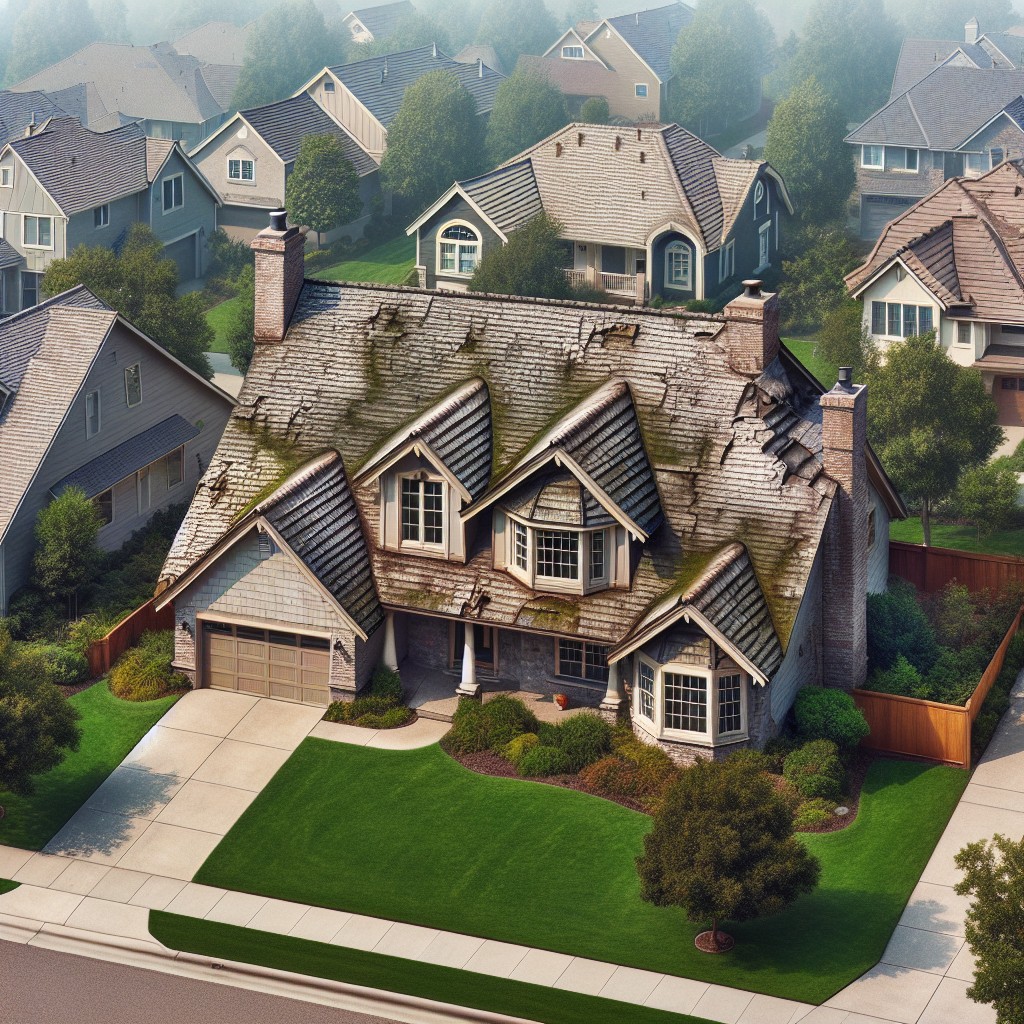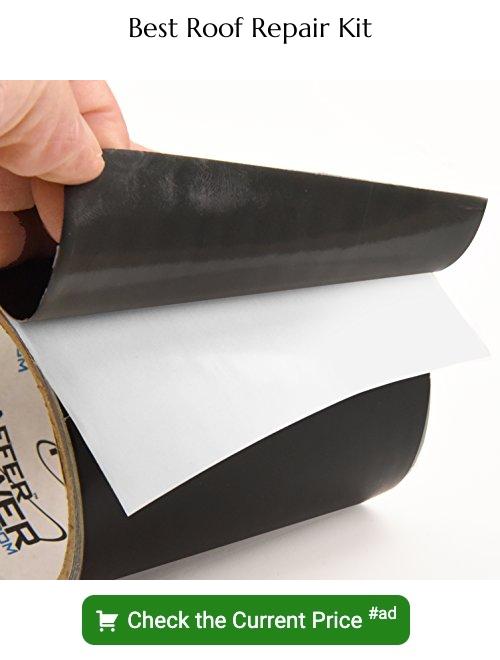Last updated on
This article provides a detailed guide on identifying signs that highlight the need for a new roof.
Key takeaways:
- Roof lifespan: 20-30 years for asphalt shingles.
- Cracked or missing shingles indicate potential roofing failure.
- Water damage or active leaks need immediate attention.
- Frequent repairs may signal the need for replacement.
- Professional roof inspection provides comprehensive evaluation.
Sign #1: Your Roof Is 20 to 30 Years Old

The typical lifespan of a roof made from asphalt shingles, the most common roofing material, ranges between 20 and 30 years.
Over time, materials degrade due to exposure to the elements, potentially leading to diminished protection for your home.
Factors such as climate, maintenance history, and the quality of the installation can influence a roof’s longevity.
A roof installed over an existing layer of shingles may have a shorter life due to heat retention, which accelerates wear.
If your roof is reaching the upper end of this age range, it’s prudent to start considering replacement.
An aging roof may not exhibit obvious failure signs immediately but losing the integrity of your roof can lead to costly damages in your home.
Inspecting your roof for signs of aging, such as loss of granules, brittleness, or curling shingles, can alert you to the need for a more thorough evaluation by a professional.
Sign #2: Many Shingles Are Cracked or Missing
Visible deterioration in the form of cracked or absent shingles indicates potential roofing failure. Shingles serve as the first line of defense against environmental elements, and when compromised, they reduce the roof’s ability to protect the home.
Cracks can be caused by extreme thermal cycling – drastic temperature changes that make materials expand and contract, weakening them over time. Missing shingles often result from storm damage or poor installation. These gaps expose the underlayment and roof deck to moisture and UV rays, which can accelerate damage and may lead to leaks or rot.
Regular inspections, especially after severe weather events, are crucial to catch such issues early on. If you notice these signs, it is a strong indicator that your roof may require professional assessment or replacement.
Sign #3: Visible Water Damage or Active Leaks
When spotting water stains that extend across ceilings or run down walls, the cause is often a leaky roof. It’s crucial to address these leaks immediately to avoid structural damage to your home. Over time, water infiltration can rot wood framing, damage insulation, and lead to mold and mildew growth.
Additionally, inspect your attic after a rainstorm for any signs of water intrusion which may manifest as dampness or new water stains on the underside of the roof deck. If daylight is visible through the roof boards, this is a clear indication that the roofing material has failed in certain areas.
Remember, active leaks have a way of traveling from the initial breach point, so the location of the damage isn’t always directly below the compromised area of the roof. Sometimes water can enter at one point and travel down to another part of the attic or ceiling. Therefore, a thorough inspection both inside and out is warranted when you suspect roof leaks.
Sign #4: Frequent Need for Repairs
If your roof often requires attention for problems such as leaks, missing shingles, or gutter issues, it may be indicative of systemic failure rather than isolated incidents. The need for frequent repairs can be a clear signal that the roof’s materials have reached the end of their lifespan. When repairs become a regular necessity, not only do the costs add up, but it also becomes impractical to continue providing patchwork solutions to underlying structural issues.
Consider the following:
- Regular maintenance is normal, but consistent repairs for the same or new problems point to a larger issue.
- The cost-benefit analysis of continuous fixes versus roof replacement often favors new installation, especially if you anticipate additional future repairs.
- The presence of emergency repairs, such as those after storm damage, should prompt an assessment of the roof’s overall condition.
- Repair frequency and severity tend to escalate as a roof ages, warranting a closer look at the option of replacement.
In essence, the diminishing returns on repairing an aging roof highlight the need to evaluate the merits of investing in a new, more durable roofing system.
Sign #5: Professional Roof Inspection As a Decision Tool
Professional inspections are critical in assessing roof health. Trained inspectors can spot subtle issues that typically go unnoticed by homeowners. For example, an inspector may identify small leaks or moisture-related problems in the attic that, over time, could lead to significant damage. Inspectors also evaluate the condition of roofing materials, looking for signs like granule loss on asphalt shingles or rust on metal roofing, which are indicative of aging.
In addition to checking for damage, inspectors can offer an estimate of how much useful life your roof has left. This helps you plan for a replacement on your timeline rather than in response to an emergency. They can also offer advice on repair versus replacement, taking into account not only the current condition of the roof but also advancements in roofing technology that could improve your home’s energy efficiency and weather resilience.
Overall, a professional inspection provides a comprehensive picture of your roof’s condition, empowers you with knowledge, and can guide informed decision-making.
FAQ
How do you know it’s time to replace your roof?
The time to replace your roof is typically indicated by signs such as leaks, missing, cracked or curling shingles, algae growth, and the roof being over 20 years old.
Does my roof need replacing?
Your roof likely needs replacing if it exhibits exterior damage such as buckling, rotting, or missing tiles, or if it is over 20 years old.
How many years does a roof last?
The lifespan of a roof typically ranges from 25 to 50 years, dependent on factors such as material quality and durability.
What are the early warning signs of a failing roof?
Early warning signs of a failing roof include missing, loose, or damaged shingles, leaks, water stains inside the house, and excessive granules in gutters.
Do professional roof inspections determine the need for a roof replacement?
Yes, professional roof inspections help determine the need for a roof replacement by assessing the condition and identifying any damage or potential problems on the roof.
How do consistent weather conditions impact the lifespan of a roof?
Consistent weather conditions significantly affect the lifespan of a roof, potentially causing deterioration, with extremes of heat, cold, rain, wind, or sunlight leading to various problems like cracking, warping, or leaking.





